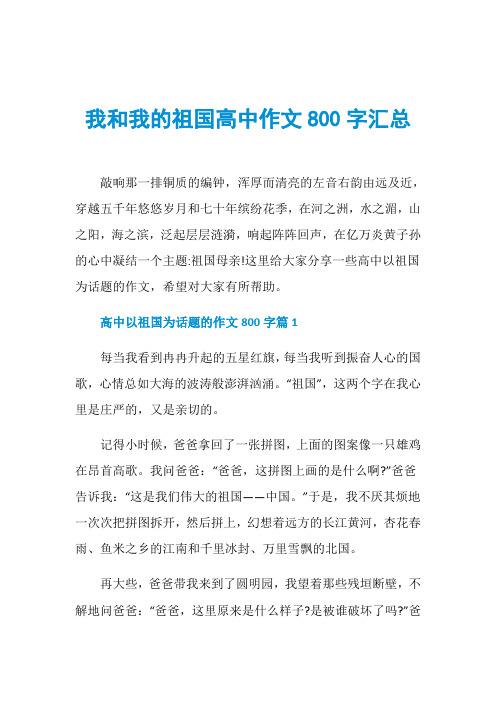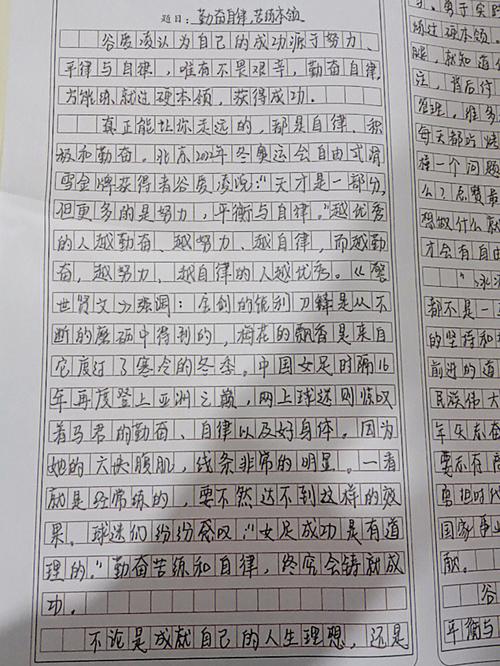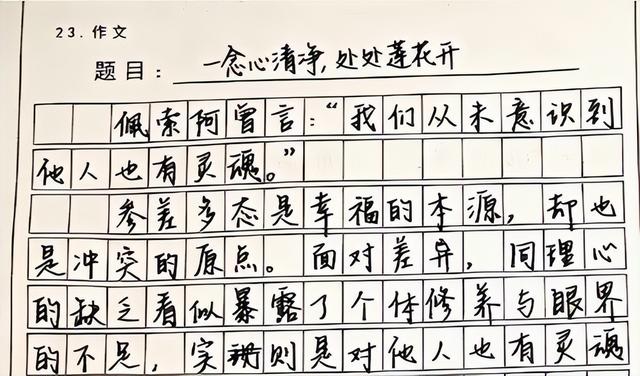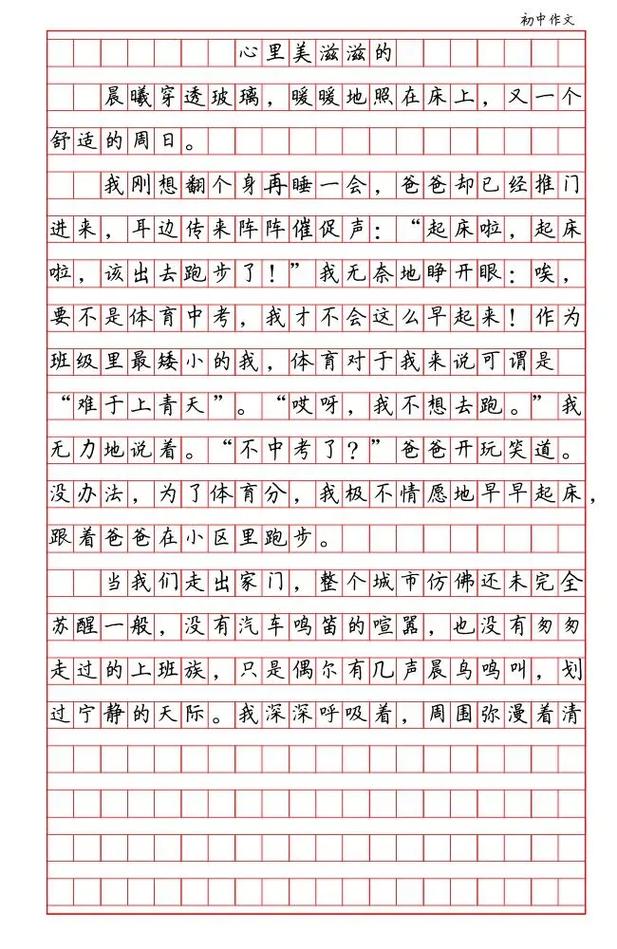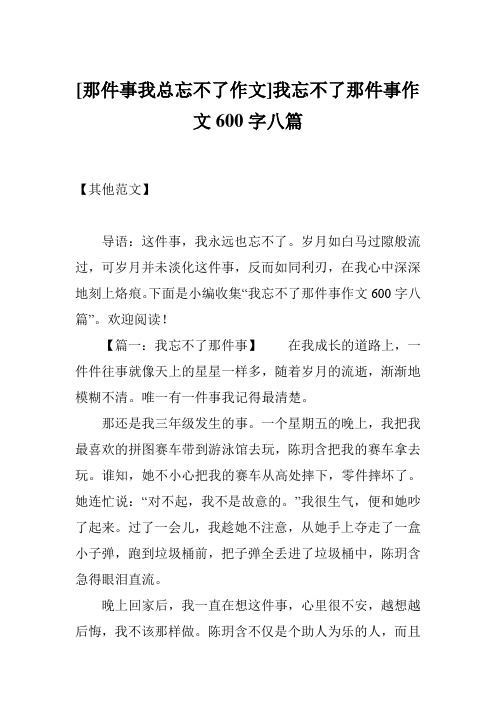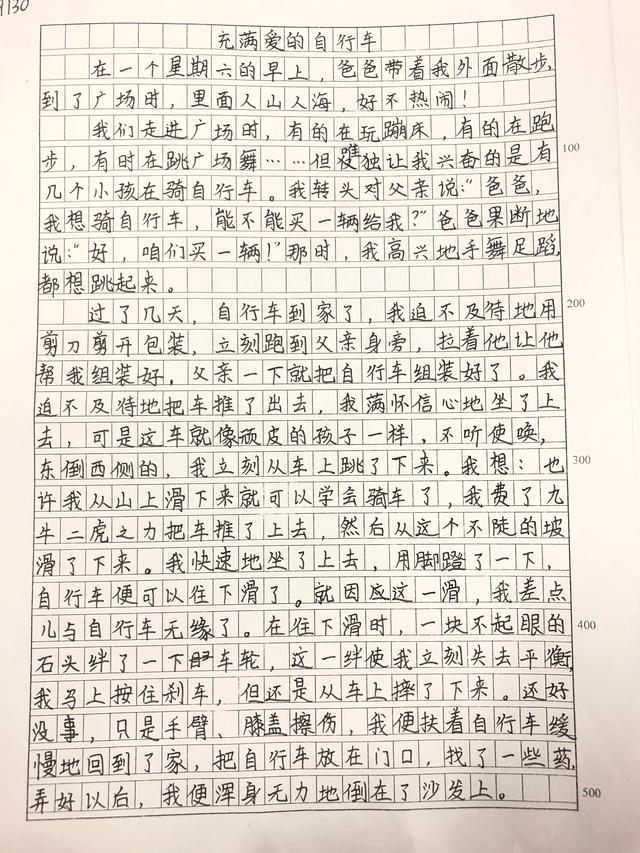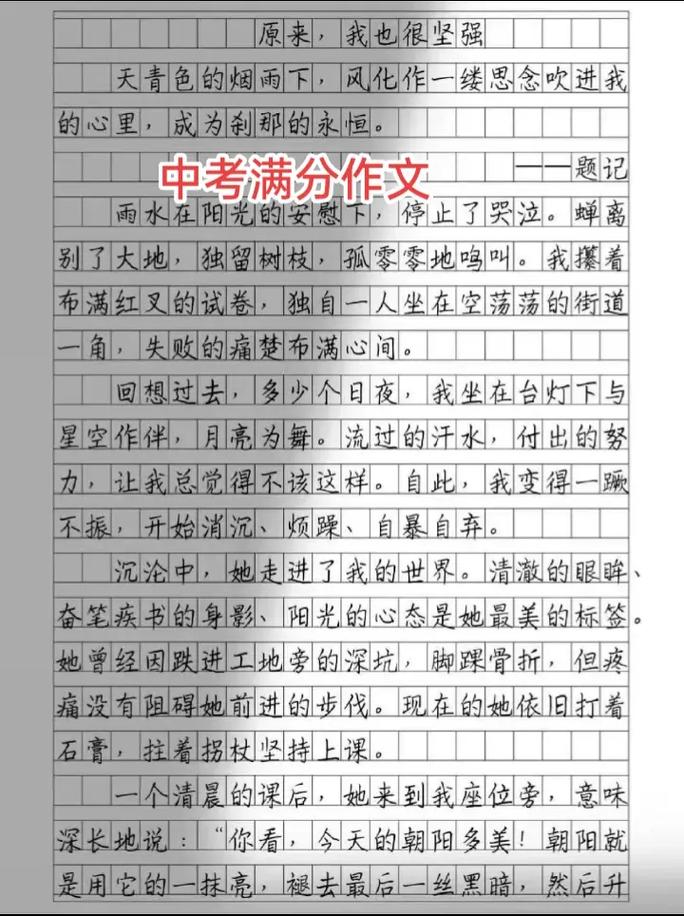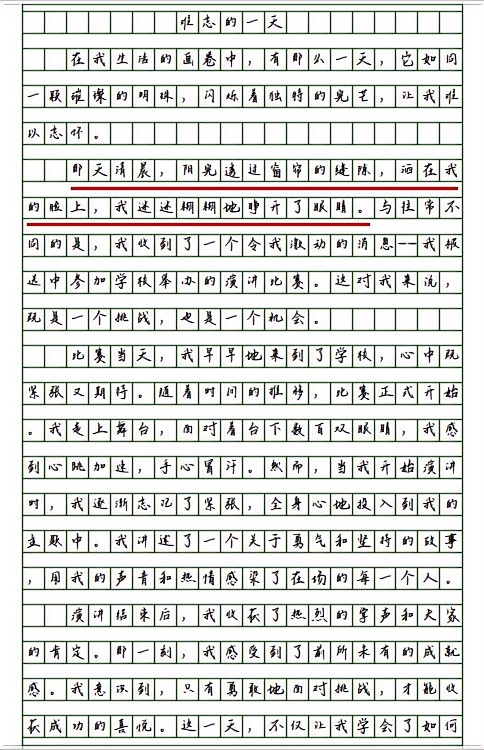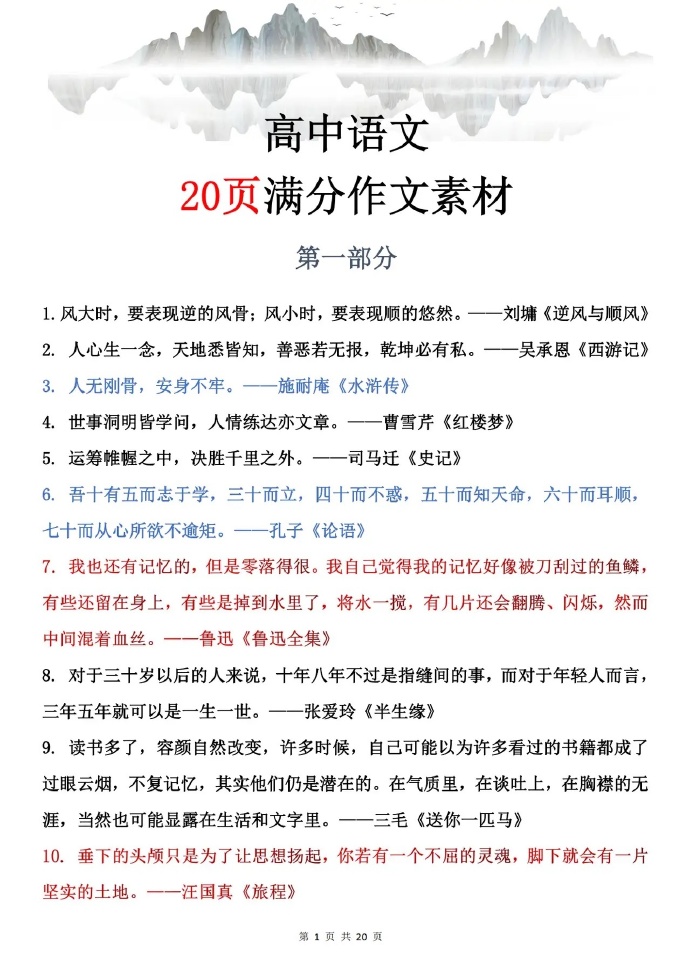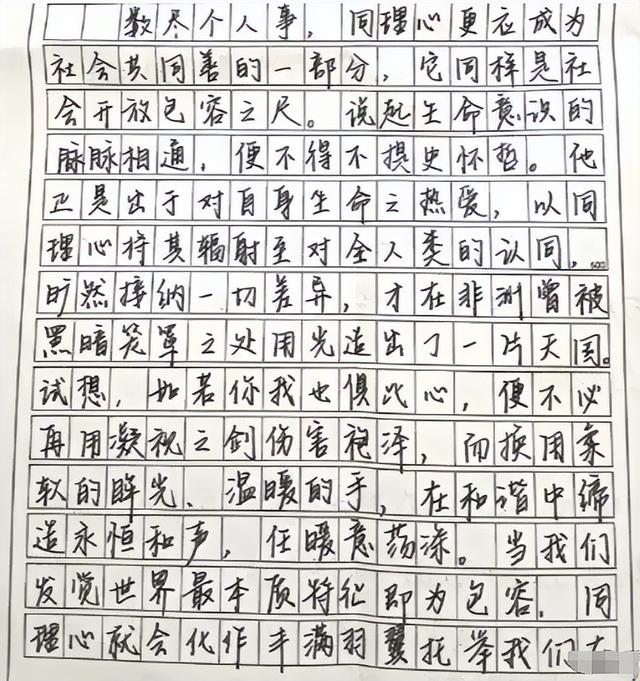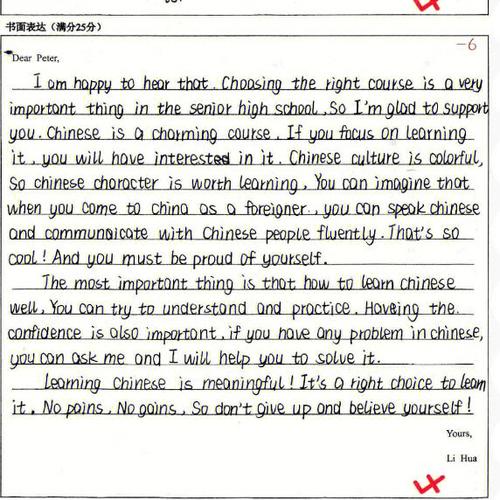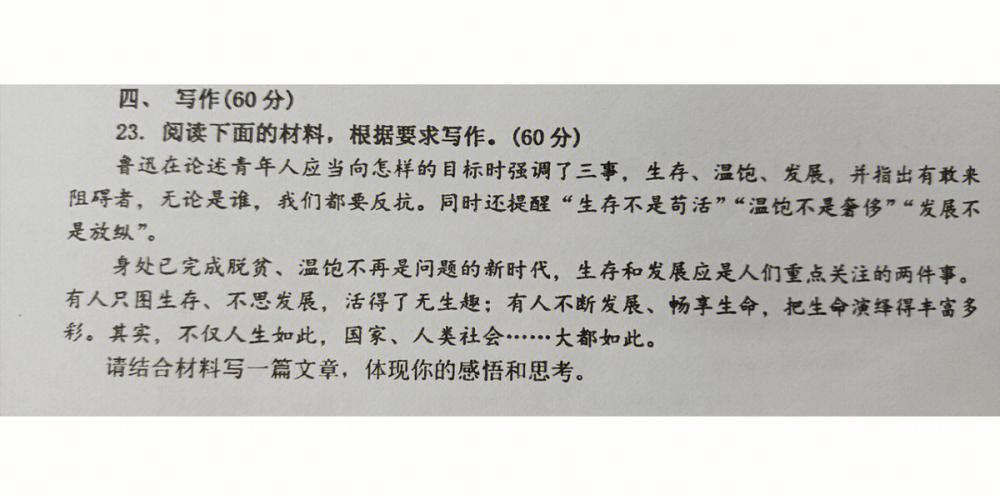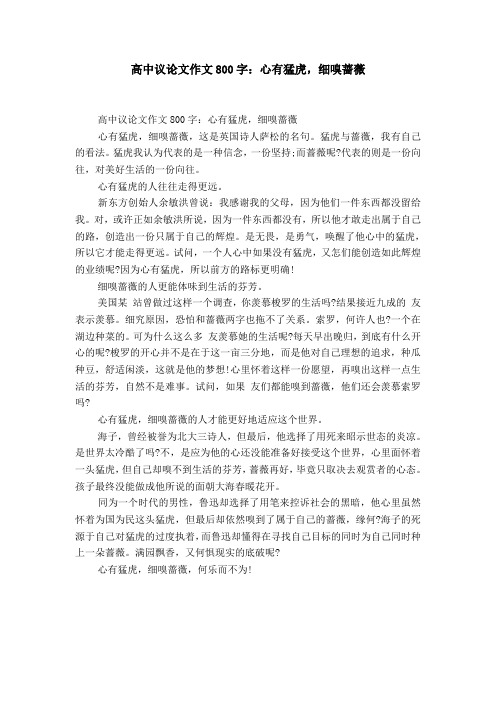spring festival英语作文(春节英文作文)
推荐阅读》
Spring Festival, also known as the Chinese New Year, is one of the most important and traditional festivals in China. It is a time for family reunions, celebrations, and various customs that have been passed down through generations. This festival not only embodies rich cultural connotations but also plays a significant role in strengthening family ties and preserving national identity.

The history of the Spring Festival can be traced back to ancient times. It originated from the worship of ancestors and nature. In the past, people would offer sacrifices to gods and ancestors to pray for good harvests and good fortune in the coming year. Over time, it evolved into a grand festival with diverse activities and traditions. For example, during the Qin and Han dynasties, the Spring Festival gradually took shape as an important holiday, and many of the customs we have today began to emerge.
Preparation for the Spring Festival usually starts weeks in advance. Families begin to clean their houses thoroughly, which is believed to sweep away bad luck and make room for good luck. Windows are often decorated with red paper-cuttings, featuring various patterns such as flowers, animals, and auspicious characters. These paper-cuttings not only add a festive atmosphere but also express people's wishes for a happy and prosperous new year. Another important preparation is buying New Year goods, including food, clothes, and gifts. Markets are filled with bustling crowds during this period, and everyone is eager to get everything ready for the big day.
On the eve of the Spring Festival, family members gather together for a sumptuous reunion dinner. The dishes served during this meal are rich in symbolism. For instance, fish is a must, as it represents abundance and surplus in Chinese culture. Dumplings are also very popular, especially in northern China. They are thought to bring good luck because of their crescent shape, which resembles ancient Chinese gold ingots. After the dinner, people stay up late or even all night, which is called "Shousui". This custom is intended to welcome the new year and wish for longevity.
During the festival days, there are numerous exciting activities. The most typical one is giving and receiving red envelopes, or "hongbao" in Chinese. Elders give these envelopes filled with money to children as a token of good luck and blessings. Fireworks and firecrackers are set off to drive away evil spirits and bring joy and excitement. The streets are adorned with lanterns, and lantern - fairs are held in many places, where people can enjoy beautiful lanterns of different shapes and colors, and participate in various traditional games and activities.
The Spring Festival is also a time for cultural exchange and transmission. In recent years, it has gained increasing attention and popularity around the world. Many countries hold Spring Festival - related events, such as parades, performances, and exhibitions, to let people learn more about Chinese culture and traditions. Through these activities, people from different backgrounds can come together to celebrate and experience the unique charm of the Spring Festival.
In conclusion, the Spring Festival is a treasure of Chinese culture. It encompasses a wide range of customs and traditions that reflect the values, beliefs, and aspirations of the Chinese people. From the careful preparations to the joyful celebrations, every aspect of the festival contributes to its profound cultural significance. It not only provides an opportunity for families to get together but also serves as a bridge for cultural communication between China and the rest of the world. As we continue to preserve and promote the Spring Festival culture, we carry forward the essence of our nation and share its beauty with the global community.
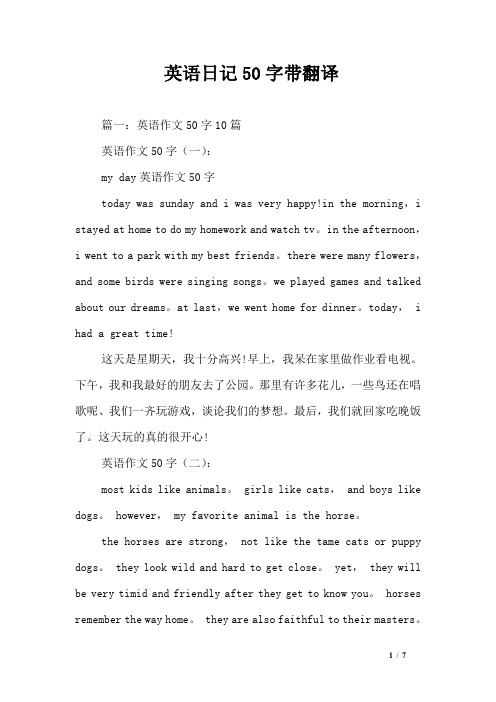
Article outline:
- Introduction: Briefly introduce the Spring Festival as an important traditional festival in China, emphasizing its significance in terms of family reunions, celebrations, and cultural heritage.
- History: Trace the origin of the Spring Festival back to ancient times, explaining how it evolved from ancestor and nature worship to a grand festival with diverse customs over the dynasties.
- Preparations: Describe the various preparations before the Spring Festival, including cleaning the house, decorating with red paper - cuttings, and shopping for New Year goods, illustrating the busy and festive atmosphere.
- Reunion Dinner: Focus on the reunion dinner on the eve of the Spring Festival, detailing the symbolic dishes like fish and dumplings, and the custom of staying up late (Shousui) to welcome the new year.
- Festival Activities: Mention other activities during the festival days, such as giving red envelopes, setting off fireworks/firecrackers, and enjoying lantern - fairs, highlighting their roles in bringing joy and spreading cultural meanings.
- Cultural Exchange: Discuss how the Spring Festival has become more popular globally and how it facilitates cultural exchange through various international events related to the festival.
- Conclusion: Summarize the importance of the Spring Festival in preserving Chinese culture and promoting cultural communication worldwide, reiterating its value as a cultural treasure.
本文系作者个人观点,不代表本站立场,转载请注明出处!

